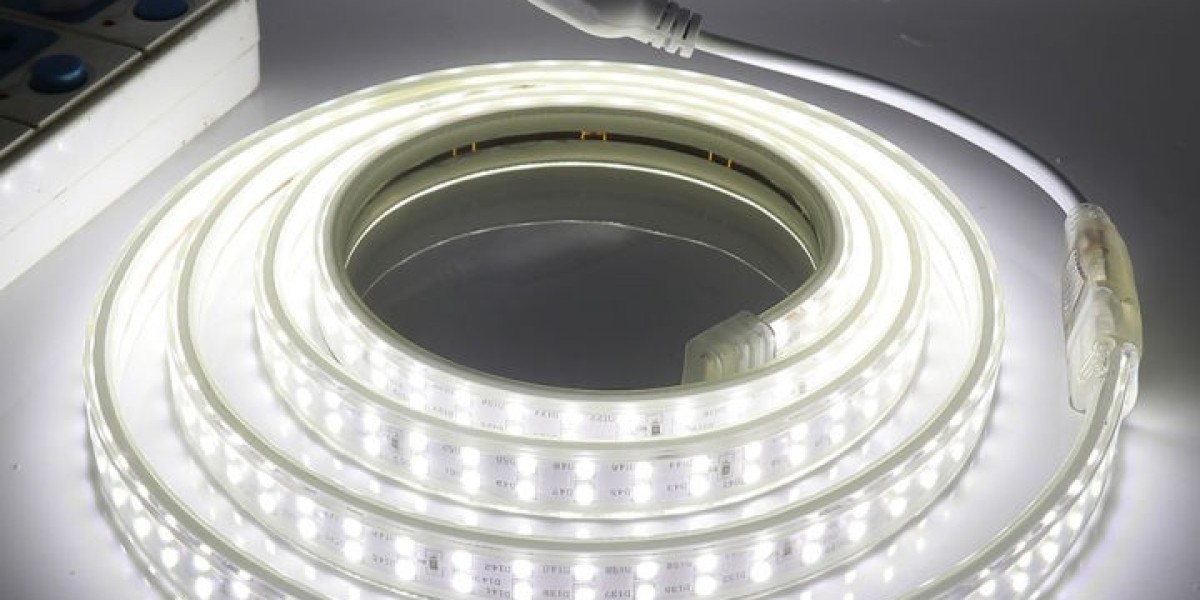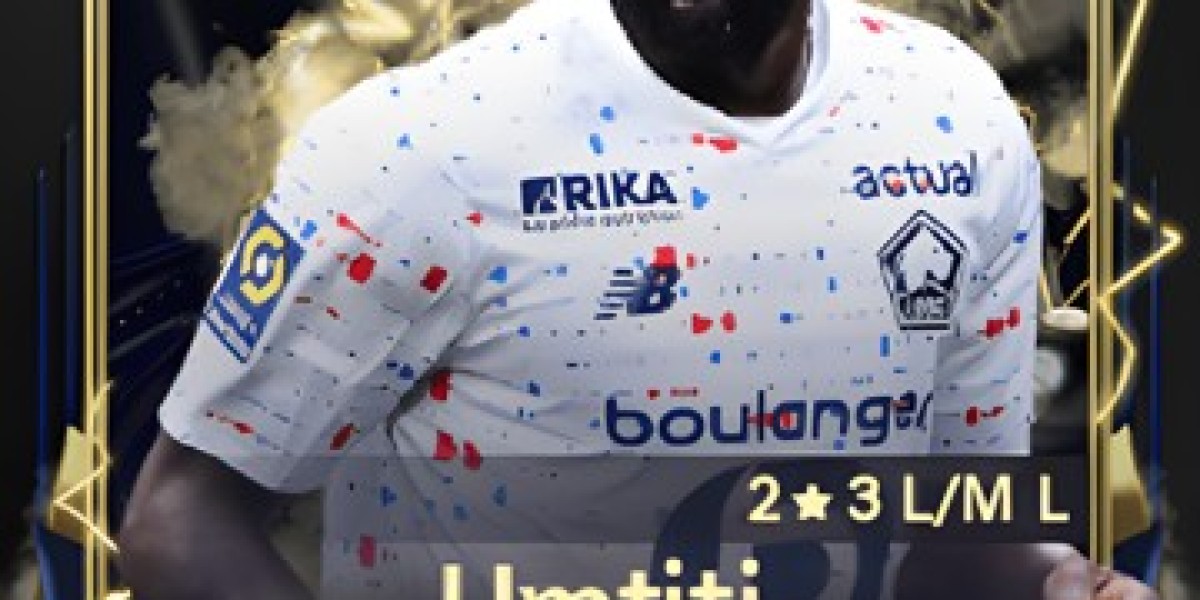Yep, your pool is green! :(
Unfortunately, this is a scenario that happens quite often. We've previously discussed how to fix a green pool, covering the necessary steps to get your water clean.
Follow Austin Delatorre for more
- Balance the pH and shock the water with chlorine.
- Check for any issues or faults in the filtration system. Fix them as needed.
- Brush the walls and floor to dislodge algae in the pool water. Remove any debris from the bottom of the pool floor. Ensure all your baskets are clean.
- Backwash the filter.
- Set the valve back to filter and turn on the pump.
Note: If you want to quickly remove sweat and urine contamination and swim on the same day, consider using OxyFresh, a non-chlorine shock treatment that makes your pool swim-ready in just 15 minutes!
Read more: How to Change Pool Light Color with Light Switch
But for some reason, the pool sometimes remains green or cloudy even after shocking. Why?!
Don't worry, sometimes pools turn green after being shocked. However, if you've added enough shock to your pool, here are the most common reasons why your pool is still green and how to fix it:
1. There may be metals in the water
Pools can turn green immediately after being shocked when there are metals like copper in the water. These metals oxidize when exposed to high levels of chlorine, turning the pool water green. By adding a metal remover product, such as Zodiac Metal Remover, you can restore the pool water. (Note: If you have a pool heater, bypass it when shocking the pool with chlorine.)
Read more: LED Pool Light Bulbs: A Complete Guide
2. You have used copper-based algaecides
If you use too many copper-based algaecides, they can cause the copper levels in your pool to rise and turn the water green. To prevent this, you can use a metal-free algaecide.
3. Your CYA- (Cyanuric Acid) or pH levels are imbalanced
Chlorine stabilizer (Cyanuric Acid) protects chlorine in the pool from the sun's UV rays. UV light destroys or breaks down unstabilized chlorine, making it much less effective. To fix this problem, you want to ensure that your CYA level is between 30-50 ppm before shocking your pool with chlorine. When cyanuric acid levels are too high, it can also prevent chlorine from effectively killing the impurities in the water. There is a similar relationship between the effectiveness of chlorine and the pH level of your pool. For example, at a pH of 8, chlorine is only about 25% effective! Remember to test and adjust your pH level to 7.2-7.6 before shocking your pool. (Refer to our article on How to Test and Correct Your Pool Water)
Read more: How Many Amps Does A (1, 1/2, 2, 3, 3/4) HP Pool Pump Draw?
4. Phosphate in the water
If there is an excess of phosphate, it can provide algae with additional food. Phosphate levels in pools should be kept below 500 ppb (parts per billion). You can determine the phosphate levels in your pool water by taking a sample to your local pool store for testing, or you can get a phosphate test kit. We recommend using the appropriate dosage of a Phosphate Remover to prevent algae from reappearing.
5. You haven't used a flocculant or clarifier
If you still can't see the bottom of your pool after shocking it, you may need to add a clarifier or flocculant the next day to remove the dead algae.
Flocculant binds to small particle impurities in the water, causing them to clump together and settle to the bottom of the pool. On the other hand, clarifier is a maintenance product used to restore clarity to cloudy water. Both products bind micro-particles into larger particles. However, the particles created by clarifiers are removed by the filtration system, while flocculants require extra time and effort to vacuum particles that have settled on the pool floor.
How can you prevent your pool from turning green or cloudy again?
The answer is...
Yes, you guessed it - keep your pool clean and chemically balanced. We recommend testing your water at least once a week.
If you notice that chlorine levels are slightly low, add a sanitizer immediately. Remember, preventing algae is much easier than removing it. You can add Pool Algaecide or Supreme Algaecide monthly during regular maintenance. But honestly, your best option is to stay on top of the sanitizer situation. We recommend seeking advice from your Zodiac Pool Specialist before adding any treatments to your pool or spa.
Additional Questions and Answers
Question: Can I shock my pool with chlorine if I have a pool heater?
Answer: No, it is advisable to bypass the pool heater when shocking the pool with chlorine, as some chlorine products can be harmful to the heater.
Question: How often should I test my pool water?
Answer: It is recommended to test your pool water at least once a week and adjust as needed.
Question: What should I do if my pool floor remains slippery and slick after shocking it?
Answer: This could indicate an accumulation of algae on the pool floor. To remove it, you can use an algaecide and scrub or sweep the floor thoroughly to remove the algae.
Question: What type of algaecide can I use?
Answer: There are several types of algaecides available on the market, including liquid and powder algaecides. It is advisable to follow the instructions on the packaging for the correct dosage and application of the algaecide.
Question: How can I adjust my pool's pH level?
Answer: To adjust the pH level of your pool, you can use pH increasers or pH decreasers. It is important to follow the instructions on the packaging for the correct dosage and application of the pH adjusters.
Read more: Reasons Your Pool is Cloudy Blue and How to Fix It








